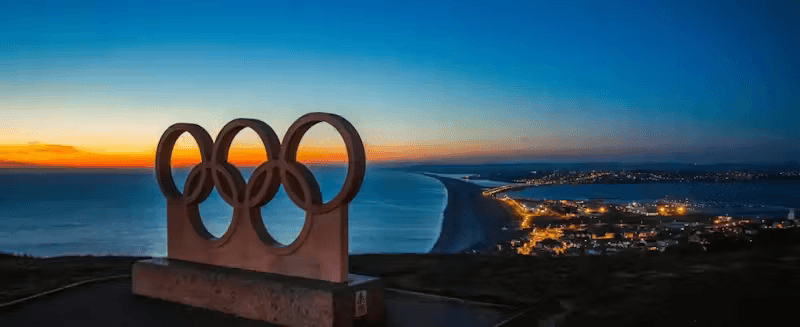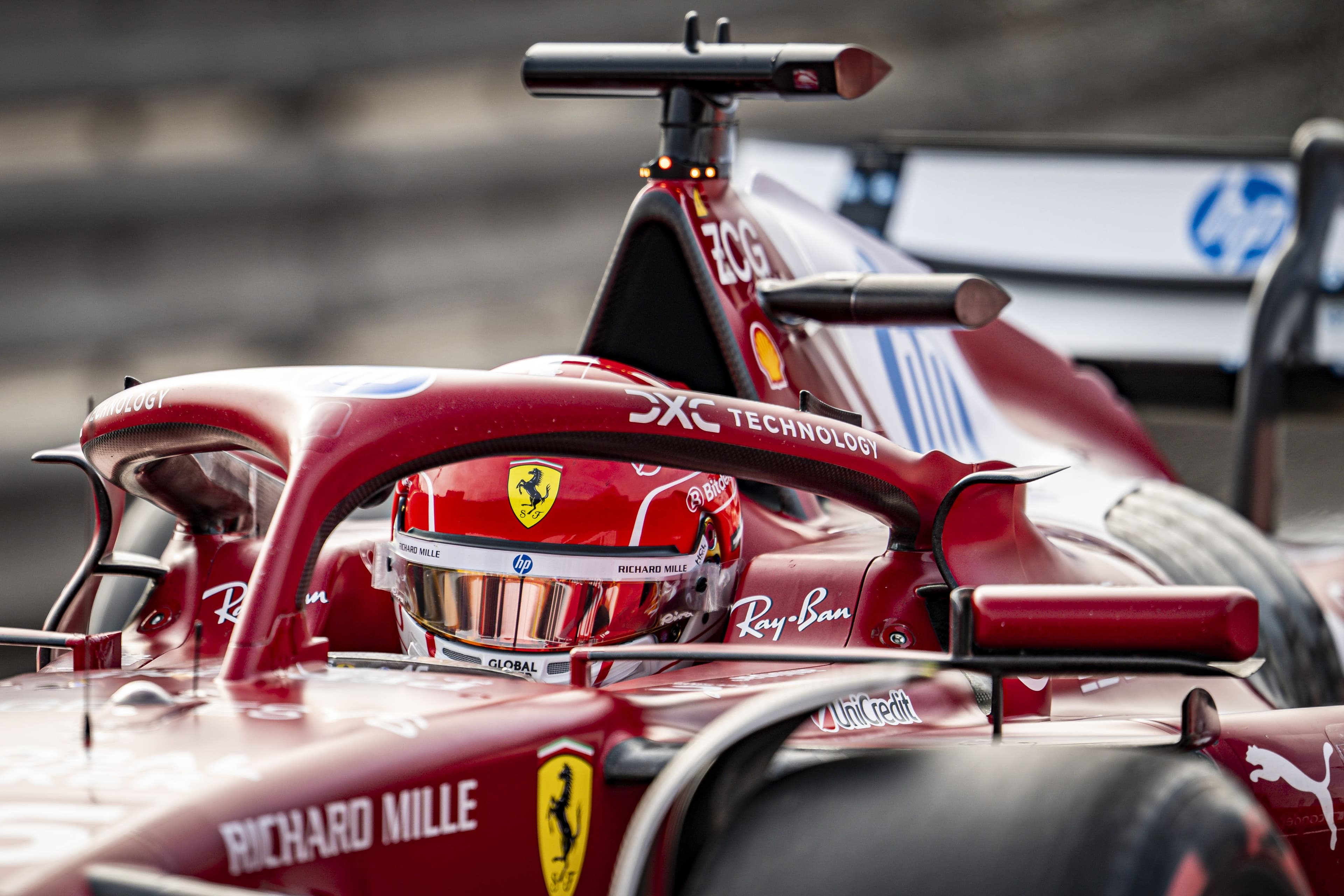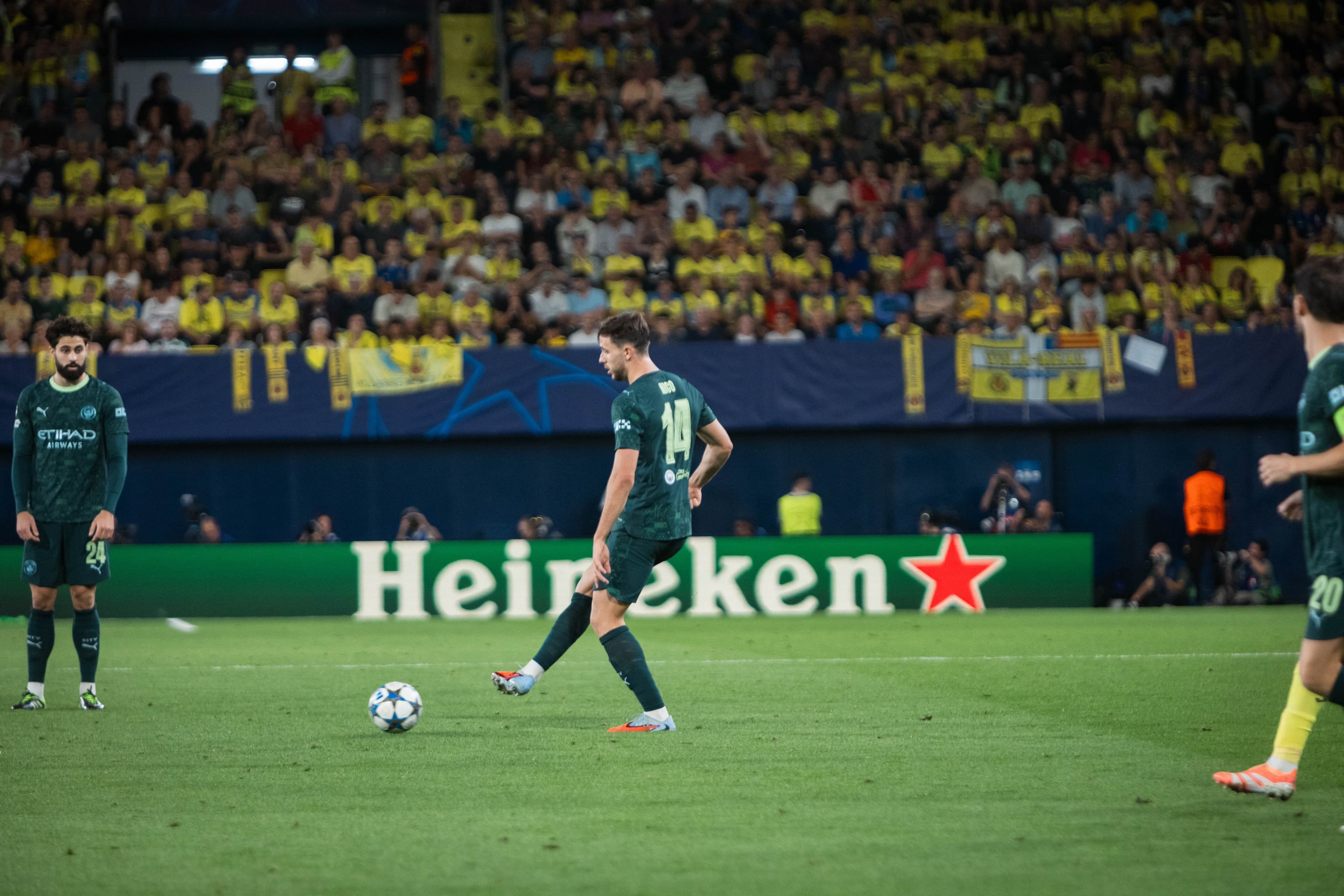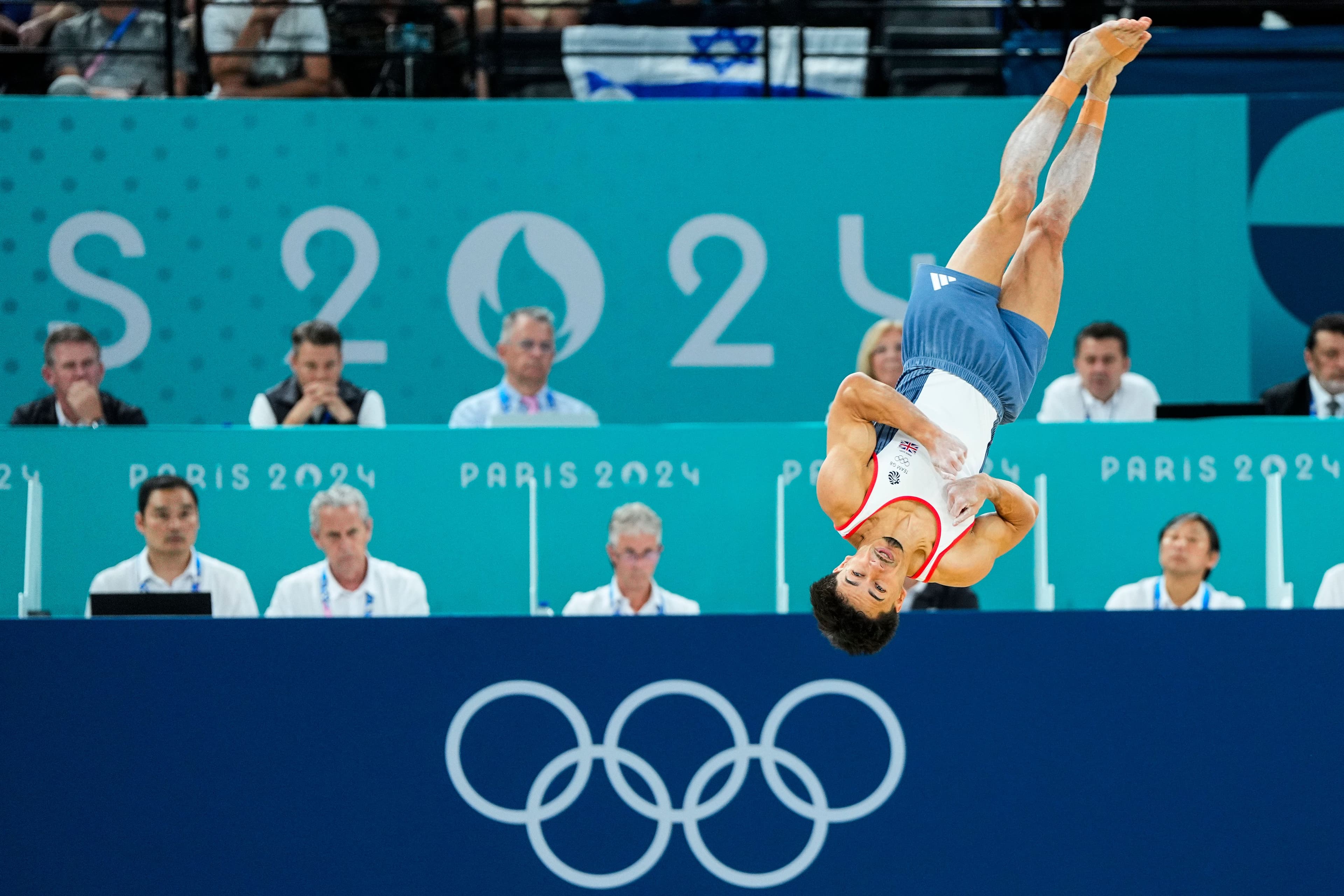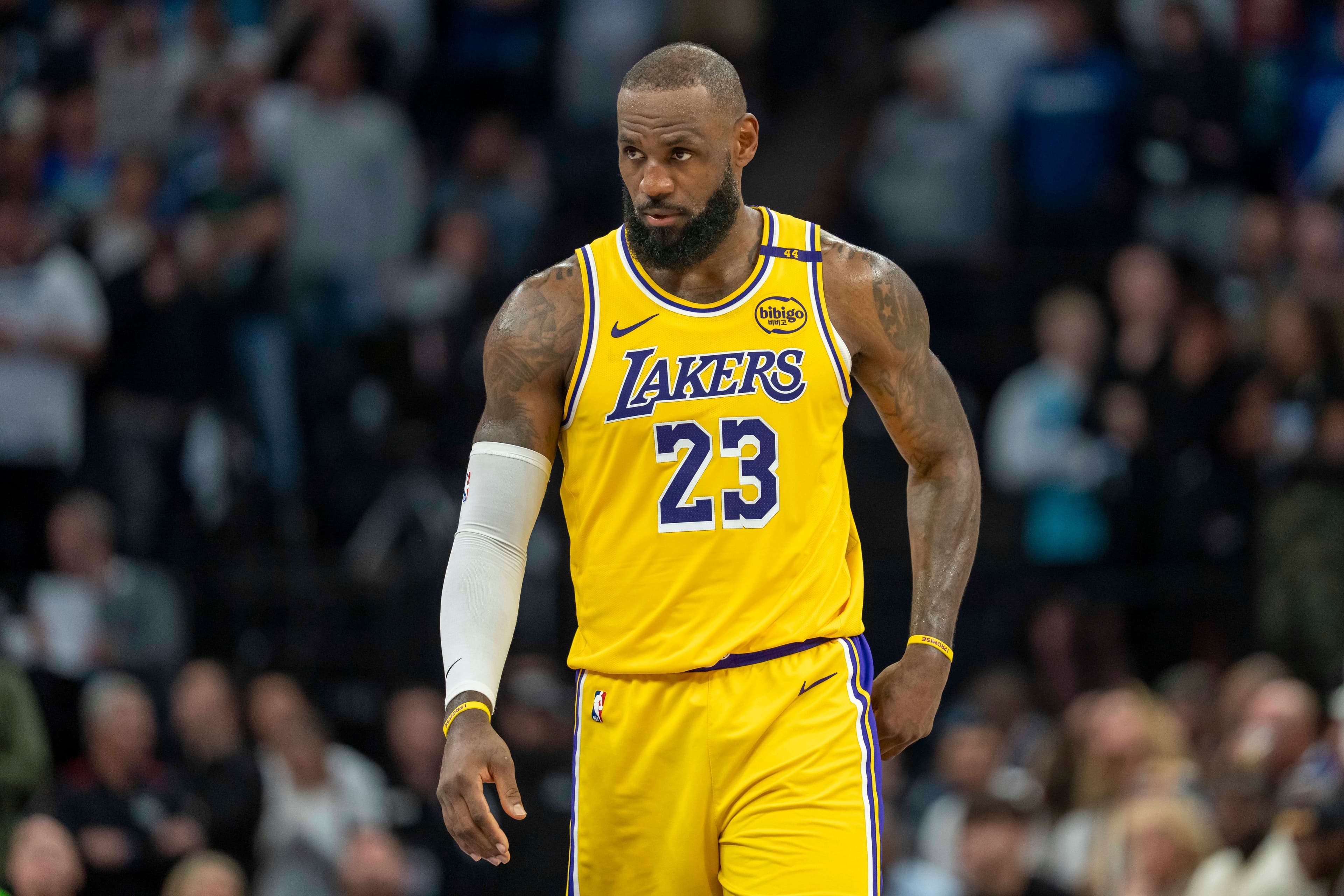At the Olympic Games, time differences were once measured with a stopwatch. Now, AI, sensors, and advanced imaging are used to gauge the exceptional performances of top athletes. Alain Zobrist of Omega shares what the legacy of Beijing 2022 will be.
One of the most iconic images in sports history is that of Usain Bolt squatting next to an electronic display at the Berlin Olympic Stadium, pointing to his world record time of 9.58 seconds in the 100 meters at the 2009 World Athletics Championships. Amid all the technological advancements that have transformed sports in the past century, whether it's pushing performance, enhancing broadcasts, or revolutionizing operations, few are as fundamentally important as scoring and timing.
Reliable, accurate, and efficient timing and scoring systems are essential for maintaining the integrity of the sport, improving the spectator experience, and validating the world records and personal achievements that elite athletes strive for.
An age-old partnership
Omega's relationship with the International Olympic Committee (IOC) is perhaps the most famous of all and a perfect example of a symbiotic technological partnership. The IOC receives technology crucial for its events, while Omega gains access to a high-profile platform that raises awareness of its products among consumers and its services among sports federations and leagues.
The Winter Olympics in Beijing earlier this year were no exception. In addition to timing and scoring capabilities, Omega also showcased technologies such as artificial intelligence (AI) and data analysis that deepen engagement and generate efficiency for organizers. These insights are also made available to coaches and athletes so they can fulfill the Olympic ideals of "faster, higher, stronger" and push the boundaries of the sport even further.
"Over the years, we've introduced many groundbreaking innovations, starting with the birth of electronic timekeeping in the late 1940s to the touchpads introduced for swimming in Tokyo 1968."
"Every sport is different. They have different rules and different environments in which they are performed, so we need different sets of equipment and different skills in our timekeepers. Some of these sports are measured to a thousandth of a second and are subject to the rules of their federations. We have our equipment and can measure to a millionth of a second, calibrating it according to the needs of each sport."
"We get involved about three years before the opening ceremony, so very early. We are involved in the construction or configuration of venues because we want to ensure that the infrastructure is there for us to provide our services. We need to know the size of the rooms and layouts to deploy our cable paths, so that needs to be considered, so we work closely with the organizing committee and the IOC. Then we arrive about ten days before the opening ceremony, and everything is ready for the first competition."
'Unique' Winter Olympics
The Winter Olympics are smaller in both scale and global appeal compared to the summer edition, but it is still a massive sporting event that attracts a huge television audience worldwide and garners attention in countries like Austria, Switzerland, and Norway. The convergence of traditional sports and extreme sports has occurred much earlier in the Winter Olympics, giving it an edge in appealing to the youthful demographic that the IOC desires.
Then there is a significant audience that may be interested in sports and major events but lacks in-depth knowledge of the nuances of alpine skiing, technicalities in figure skating, or the judging process in snowboarding. Others simply marvel at the spectacle of a human hurtling headfirst across an ice track with seemingly little regard for their personal safety.
Technology can enhance the viewing experience for both winter sports enthusiasts and those who have a brief four-year connection with snow and ice. A close relationship with Olympic Broadcasting Services (OBS) is therefore essential. Omega takes an end-to-end approach when it comes to services, including devices and software that format and transmit data in real-time. The company even has its own output system to create TV graphics and has about 100 graphic generators with related TV comments. These include results, start lists, infographics, or even error flags.
Artificial vision
One of the most noteworthy innovations introduced in Beijing was the use of AI in figure skating, a discipline that garners significant interest in key markets such as the USA and an event that was the subject of much attention during the Games for various reasons (the Valieva case). Six AI cameras equipped with computer vision algorithms capable of detecting and analyzing specific events were deployed around the ice rink to follow each athlete during their routines. The insights are used to generate reports that can improve performance and provide additional insights for television broadcasts.
"This system gives us their trajectories and heatmaps so that we can provide detailed analysis of their jumps, heights, speeds, distances, rotations in real-time to broadcasters," says Zobrist. "Those data are also provided to athletes and coaches in case they want further analysis of their performance."
Judges also benefit from advanced photo-finish cameras that capture 10,000 digital images every second when it's necessary to determine the finest margins, while sensor-driven positioning systems allow broadcasters and coaches to see live positions in skating or the speed of a bobsled hurtling down a track, with no stopwatch in sight.
Instead, the Olympic Games are now measured by 'Quantum Timers' that measure down to a millionth of a second. This is crucial for a sport like track cycling or luge, where events are timed to a thousandth of a second.
While Beijing 2022 may now be firmly in the rearview mirror, Omega's focus is already on Paris 2024 and beyond, and how it could assist other international federations in their ambitions.
"Preparation is an ongoing process because we've been working with federations for many years and have a long-term innovation strategy that we share with them," says Zobrist. "We involve these federations, broadcasters, coaches, and athletes in our processes so that we can see what their priorities are and what we want to implement in the near future."

